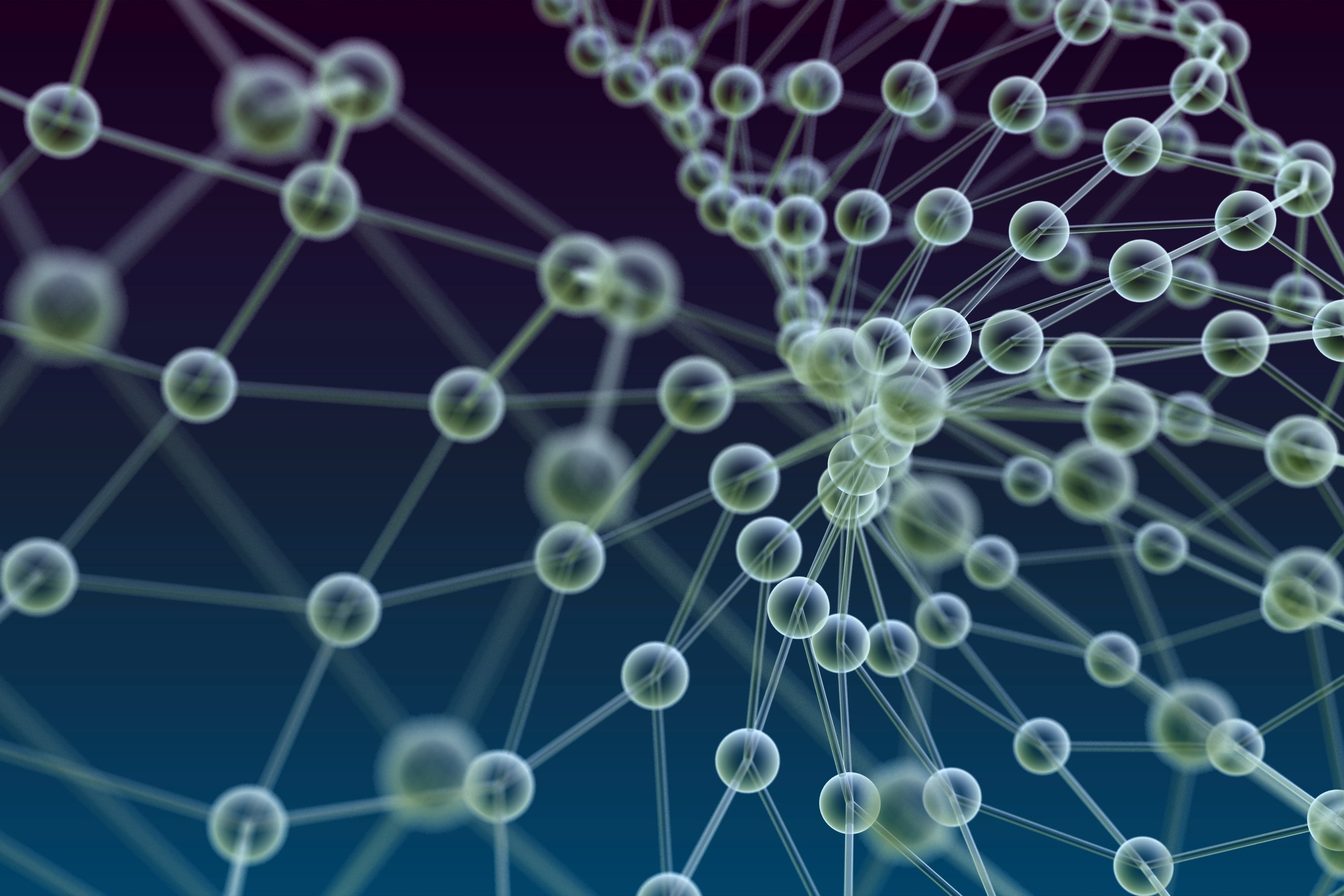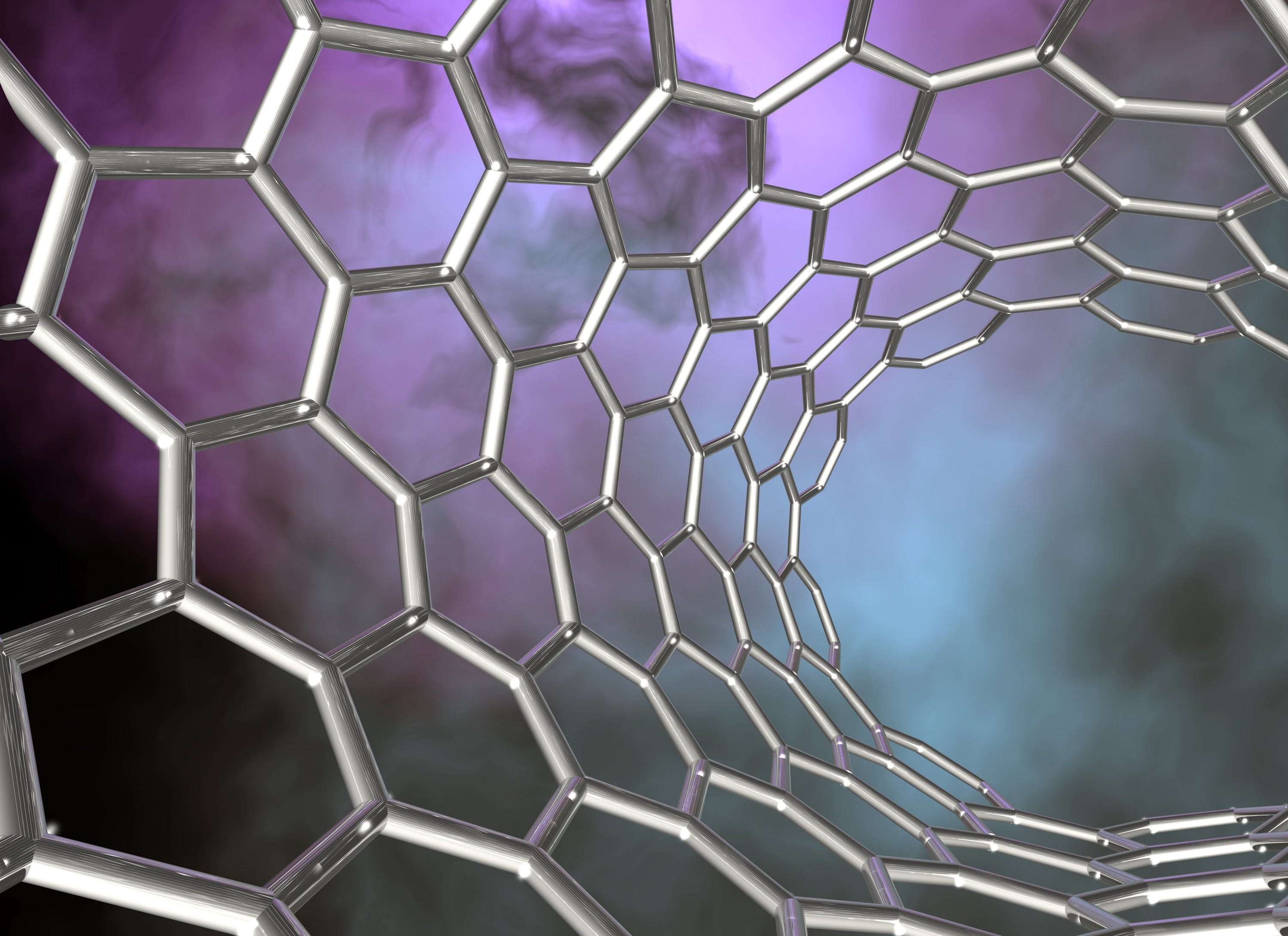Creative polymer science and engineering... Supporting industry in its search for excellence

Technological initiatives
Technological initiatives from the Institute for Polymer Research (IPR) have been instrumental in the development of better polymers for wire and cable applications, polymer modifications to make heat- and oil-resistant rubber, new polymer alloys and blends, systems for recycling polyolefin containers, the computer design of extrusion screws and dies and computer modelling and control of polymerization processes.
The Institute
The Institute carries out applied and fundamental research in areas that are of vital interest to the plastics, coatings, adhesives and elastomers industries. This includes work in such diverse fields as molecular weight characterization, thermal characterization, emulsion polymerization, polymer processing, polymerization kinetics, copolymerization, reactive extrusion, polymer-based catalysts, polymer photochemistry and development of new monomers and polymers.
Member firms in the Institute receive:

- Two days of free consulting per annum by faculty members
- Advanced research results before papers are published
- Participation in Annual Symposium held in May
- Membership on the IPR Industrial Advisory Council
- Reduced rates on analytical and other research services
- Priority on contract research
Intensive short courses
IPR also provides intensive short courses in Canada, USA, South America and Europe, or in-house for members firms.
News
2024 IPR Symposium
We are pleased to announce that this year's IPR Symposium will be a two-day event taking place on May 1-2, 2024 in E7 in 7303-7363. (For information about where to park please see map).
The first day of the symposium will adopt the same format as in previous years with presentations given by IPR students and our two Keynote Speakers, Professor Alex Penlidis from the University of Waterloo and Dr. Steve Teertstra from Arlenxeo. Schedule for Day 1 can be found here. Schedule for Day 1.
Day two of the IPR Symposium will feature presentations from seven academic members of the IPR who will offer in-depth reviews of their research. Please follow this link to check the schedule and the list of covered topics.
Our book of abstracts will be available at the end of April and our tentative schedule will be available at the end of March.
Registration will open shortly. For more information please contact Colleen Mechler (cmechler@uwaterloo.ca) or Jean Duhamel (jduhamel@uwaterloo.ca)
Dr. Timothy M. Swager
The Institute of Polymer Research is excited to announce the upcoming Distinguished Lecture by Timothy M. Swager. Timothy is the John D. MacArthur Professor of Chemistry at the Massachusetts Institute of Technology. A native of Montana, he received a BS from Montana State University in 1983 and a Ph.D. from the California Institute of Technology in 1988. After a postdoctoral appointment at MIT he joined University of Pennsylvania 1990-1996 and returned to MIT in 1996 as a Professor of Chemistry and served as the Head of Chemistry from 2005-2010. He has published more than 500 peer-reviewed papers and more than 120 issued/pending patents. Swager’s honors include: Election to the National Academy of Sciences, an Honorary Doctorate from Montana State University, National Academy of Inventors Fellow, The Pauling Medal, The Lemelson-MIT Award for Invention and Innovation, and Election to the American Academy of Arts and Sciences. His research interests are in design, synthesis, and study of organic-based electronic, sensory, energy storage, membranes, liquid crystals, and colloids. He has founded five companies (DyNuPol, Iptyx, PolyJoule, C2 Sense and Xibus Systems).
He will be giving a presentation on Wednesday, October 25 at 11am in QNC 0101.
Intrinsically porous organic polymers in sensing and catalysis.
Some years ago we introduced the concept of fusing rigid 3D molecular building blocks into polymer backbones as a mechanism to create space between polymers. The first systems were conjugated poly(phenylene ethynylene)s with pentiptycene groups, which displayed robust emissive properties in thin films. These systems demonstrated size exclusion properties, amplified sensory responses as a result of excitonic transport, and led to the commercialization of the FidoTM explosives detectors, which 20 years after their introduction remain the most sensitive portable explosives sensors produced. The critical design principle that the 3D group must be fused within the polymer rather than simply be pendant has become a robust design principle and is fundamental to the design intrinsically porous organic polymers. We have a continuing interest in intrinsically porous polymeric materials, and I will detail our most recent emissive sensors for perfluoroalkyl substances (PFAS) that make use of excitonic transport to create high (ppt) sensitivity. Excitonic transport and the semiconducting properties of these materials need not be limited to sensing applications, and I will detail our demonstrations of the extension to photoredox catalysis. The combination of excitonic and charge (electrons or holes) transport is demonstrated to provide enhanced rates and higher efficiency in these processes. Catalytic porous organic polymers represent a new approach to heterogenous catalysis; therein the molecular environment can be tailored to meet or exceed the selectivity and activity of homogenous systems. Moreover, they enable the formation of durable catalysis coatings on the surfaces of impellers, glassware, magnetic particles, or tubing for recycling and use in flow reactors. In addition to photoredox, methods, I will briefly introduce catalytic polymers containing palladium that allow for high activities (>200,000 turnovers/metal center).
Professor Michael Tam pioneers innovative solutions for extracting fresh water from the atmosphere with groundbreaking technology.
The global community confronts a critical challenge of depleting freshwater resources. With the world population continuing to surge at an alarming pace, the demand for clean water is escalating, underscoring the urgent necessity for innovative, sustainable solutions.
In response to this predicament, Professor Michael Tam, a member of the IPR, has conceived pioneering mechanisms for extracting water vapor from the atmosphere. Guided by a commitment to sustainable technology, Tam employs net-zero carbon materials, including natural and plant-based substances. Through the fusion of interfacial science and nanotechnology, Tam is shaping technologies that capture and repel water droplets.
Holding the distinguished position of University Research Chair, Tam has drawn inspiration from spiders, beetles, and mushrooms to devise these advancements.
Tam, a member of the IPR states "Drawing from these inspirations, we have engineered technology utilizing natural elements capable of water capture. Remarkably, our research has revealed that capturing just one square meter of surface yields an impressive five liters of water per hour."
Events
2024 IPR Symposium Day 2 May 2, 2024
We are excited to announce that this year’s IPR Symposium will be a two day event! Students and two keynote speakers will present on Day 1 as normal Please find schedule here. On Day 2 the academic members of the IPR (your supervisors) will be giving a presentation!



